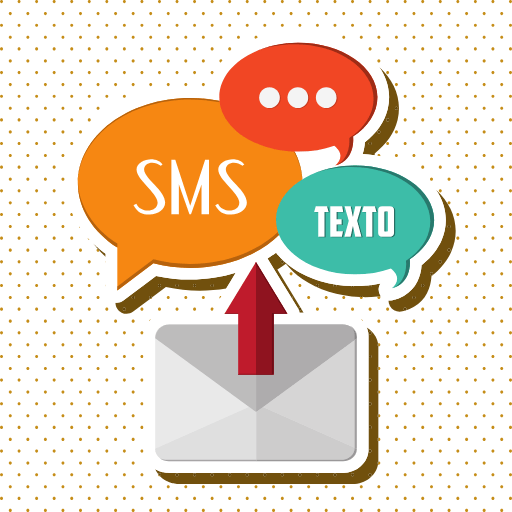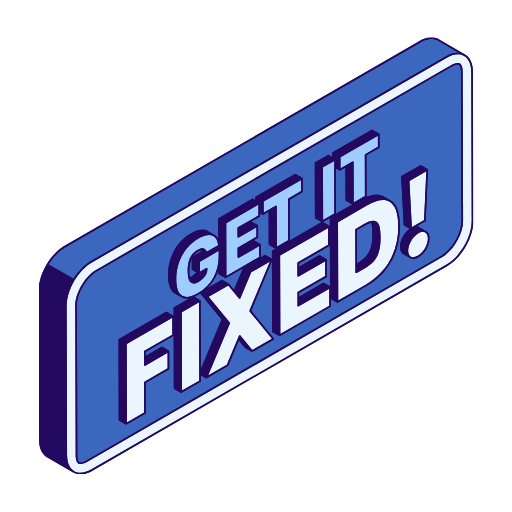Introduction
Let us guess – you jumped into WhatsApp Marketing thinking it would skyrocket your business, right?
You saw the buzz, heard the hype, and thought, “This is it the game-changer I’ve been waiting for
But now?
You’re left feeling confused, disappointed, maybe even a little frustrated and worst of all, there’s not a single new customer in sight.
Sounds familiar? You’re not alone.
We’ve all been there. It’s not your fault – you just didn’t know how to use WhatsApp marketing tools effectively.
In this article, we’ll break down the key reasons why your WhatsApp marketing efforts might be falling flat – even after investing time, money, or both.
Mistakes to Avoid
1. Treating WhatsApp like an Email or SMS Tool

If you’re sending out one-way, bulk messages with no room for conversation, you’re missing the whole point of WhatsApp. Unlike emails or traditional SMS blasts, WhatsApp is built for two-way communication. It’s a platform where users expect interaction – not just another notification to ignore.
When your messages don’t invite a response, your audience has no reason to engage – and that’s when things start falling flat.
How to fix it:
Start using interactive chat journeys, quick replies, and personalized prompts that encourage customers to respond. Whether it’s a question, a CTA, or a clickable button – give them a reason to keep the conversation going.
2. No Clear Opt-In Strategy

You could be using the most powerful and expensive WhatsApp marketing tools available, but you won’t be the best in business until you have a clear growth strategy. Spamming messages to random numbers or using scraped contacts would take you nowhere, except for WhatsApp’s ban list.
How to fix it:
Set up a strong opt-in system with clear CTAs, lead magnets, or incentives. Use Click-to-WhatsApp ads or website popups to collect consent the right way.
3. Low-Quality or Generic Content

Yes, you read that right! You are putting out low-quality or generic content in front of your potential customers.
Result? Yep, getting blocked!
Think of it this way, if you get a random message on WhatsApp with flashy texts pleading “Buy Now,” what would be your first impression? “SPAM ALERT!” And your immediate response would be to block the number. Now you can connect the dots.
How to fix it:
Share informative, personalized content that feels like a real conversation. Ask questions, spark curiosity, and create value. Remember – it’s a chat, not an ad.
4. Poor Timing and Frequency

Sending messages at odd hours or bombarding users multiple times a day is a fast track to being labeled as spam. Being overly pushy – even with good intentions – can backfire and hurt your brand image.
How to fix it:
Use smart scheduling, understand when your audience is active, and keep your message frequency in check. One well-timed, relevant message beats five random ones any day.
5. Not Using Automation Wisely

Automation is powerful – but only when used right. If your workflows are too robotic or feel like a never-ending loop of canned replies, you’re driving users away instead of drawing them in.
WhatsApp is meant to feel personal and conversational. Overdoing automation without a human touch can quickly make your brand seem cold and disconnected.
How to fix it:
Design thoughtful automation flows that feel natural. Use variables to personalize, set triggers based on user behavior, and always leave room for real-time human support when needed. Let automation assist – not replace – meaningful conversations.
6. No Clear Call-to-Action (CTA)

You’ve crafted a great message – but then what? If your users don’t know what to do next, they’ll simply do… nothing. A message without a clear CTA is a missed opportunity.
Whether it’s making a purchase, booking a demo, or just replying to a question – you need to guide them.
How to fix it:
Always include a clear, simple, and actionable CTA. Use buttons, quick replies, or direct prompts that tell your audience exactly what step to take next. Don’t leave them guessing – lead them forward.
7. Ignoring WhatsApp Business API Tools

Still using WhatsApp Business app? You are already behind the marketing race. In order to up your game, you need to switch to WhatsApp Business API. However, simply upgrading to it won’t benefit you. Focus on extracting every possible benefit out of the tools provided by your API tool.
How to fix it:
Start exploring WhatsApp Business API solutions that support automation, multi-agent access, CRM integration, and more. With the right toolset (like WaBM), you can streamline your efforts and focus on what really matters – building better customer relationships.
8. No Performance Tracking or A/B Testing

Sending a well-crafted message isn’t the finish line – it’s the starting point. If you’re not tracking performance or testing different approaches, you’re flying blind. Without data, there’s no way to know what’s actually working and what’s holding you back.
How to fix it:

Track key metrics like open rates, response rates, and conversions. Run A/B tests on message formats, timing, and CTAs. These insights will help you refine your growth strategy and keep improving instead of staying stuck.
You might be wondering – how do you know if your WhatsApp marketing strategy is actually working? Here are a few red flags that are often overlooked:
- Low open rates
- High block rates
- Poor engagement
- Little to no sales or leads
If you’re noticing any of these, it’s time to reassess and refine your approach.
How To Fix: Quick Checklist
- Use opt-in forms
- Segment your audience
- Personalize messages
- Automate smartly
- Track performance
- Use the right tools (like WaBM)

Conclusion
WhatsApp Marketing, when done right, can be a powerful driver of business growth. The problem is, most of us aren’t fully aware of how to use the WhatsApp marketing tools effectively to get the best results.
By avoiding common mistakes and taking a more strategic, customer-centric approach, you can turn things around and start seeing the real impact WhatsApp Marketing can have on your business.
Remember, it’s not just about sending messages. It’s about building meaningful conversations, offering value, and creating experiences your customers actually want to engage with.


